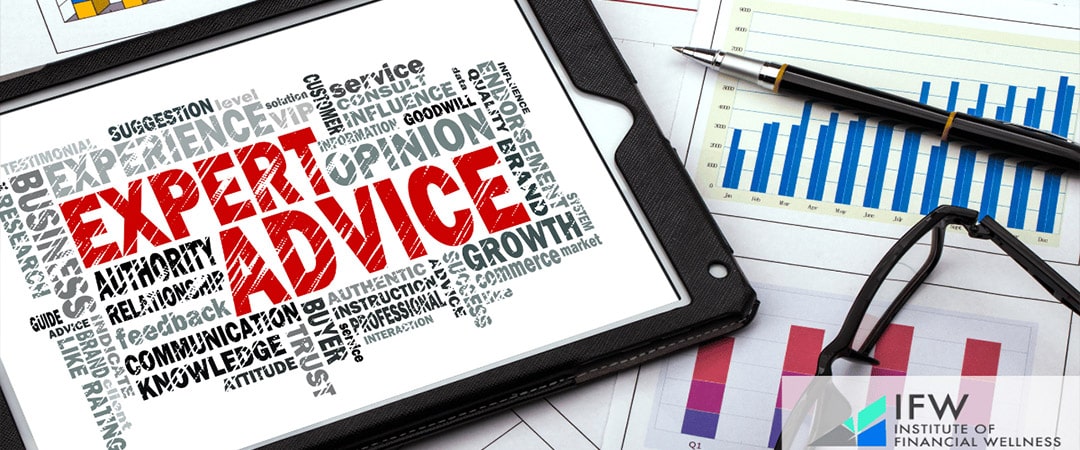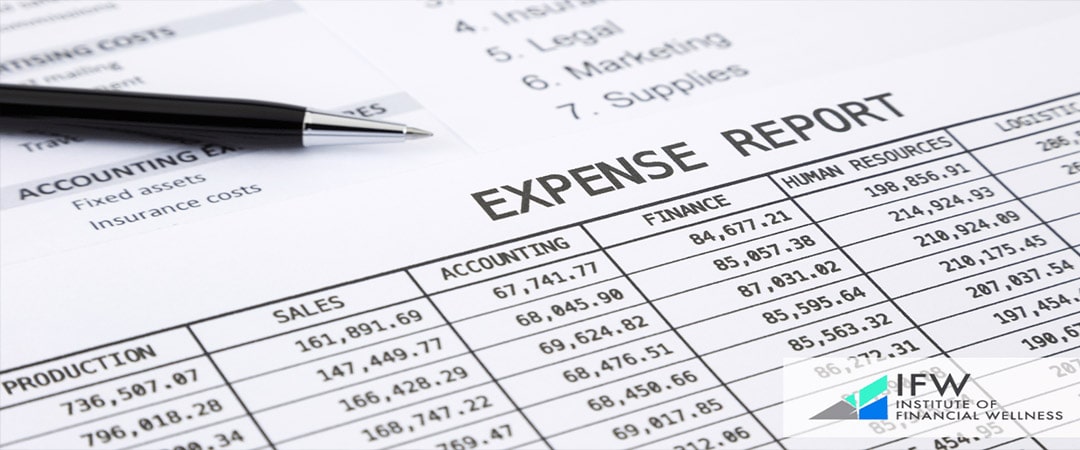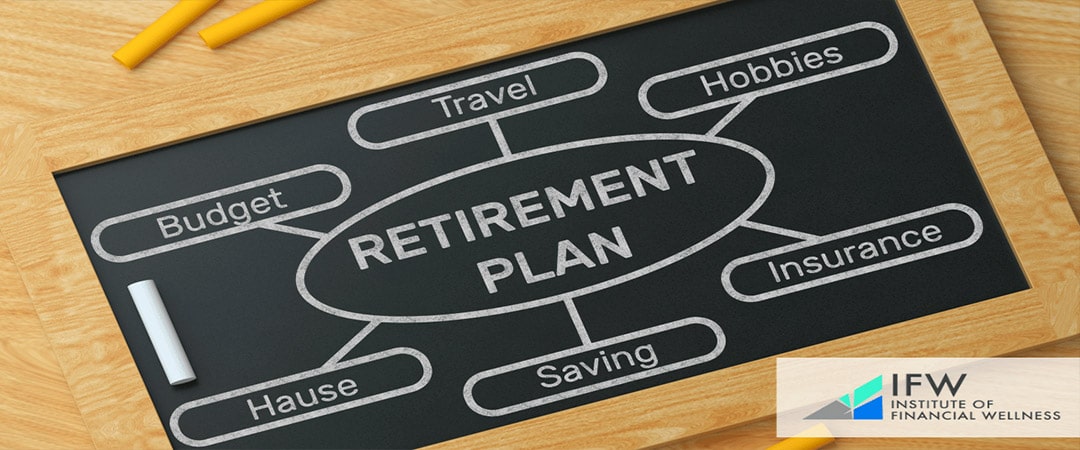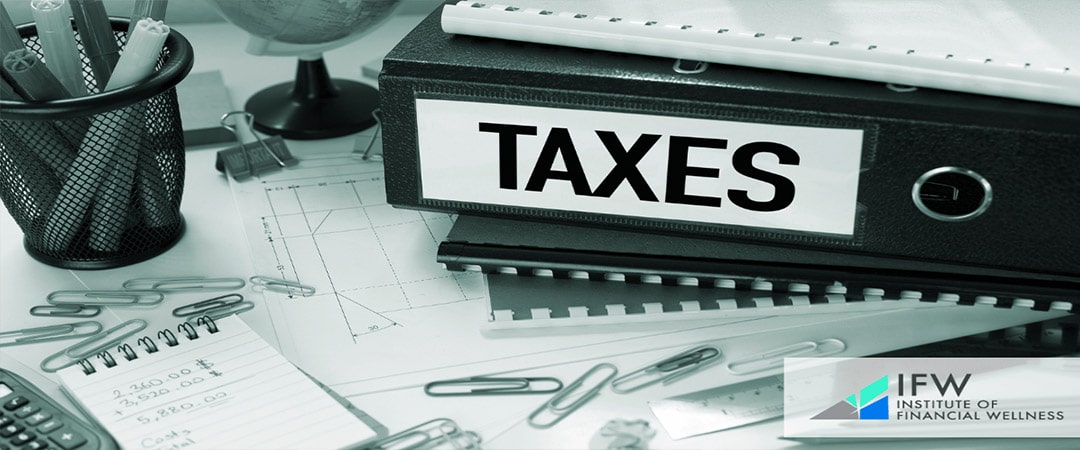“Retirement is a time to look back with admiration and a time to look forward with anticipation.” -Unknown
Are you retiring in 5 years? It’s time to get serious advice for retirement and check your Retirement Score.
To help you out, we are ready to deliver essential tips, covering financial evaluations, expense estimations, and investment adjustments. Follow these steps to confidently prepare for a secure and enjoyable retirement.
Let’s go!
Key Takeaways
- Evaluate and adjust your current financial situation. This includes retirement savings, Social Security benefits, and other income sources. Use retirement calculators to project if you’re saving enough.
- Estimate your retirement expenses, accounting for inflation and potential changes in spending. Aim to have 70-80% of your pre-retirement income to cover these costs.
- Plan for healthcare costs and understand tax implications. Consider professional guidance to create a comprehensive retirement strategy that includes tax-efficient planning, risk management, and diversified income sources.
Top Tips and Expert Advice for Retirement Planning

The five years leading up to retirement are critical for thorough planning and preparation. So, where do you being?
Start by evaluating your financial status and reviewing your retirement savings, accounts, and other income sources. If you haven’t established a retirement plan, it’s essential to do so immediately.
Having an early start allows your funds to grow more through compound interest. Even if you start late, any retirement strategy is beneficial.
Here are key steps to take:
1. Assess Financial Needs: Honestly evaluate what you’ll need financially during retirement.
- Set a Detailed Budget: Plan for your retired life expenses.
- Stick to an Investment Regimen: Follow a disciplined investment strategy.
- Prepare for Market Fluctuations: Strategically plan for potential market changes.
- Consider Social Security and Medicare: Integrate these benefits into your plan.
- Build an Emergency Fund: Save for unexpected costs post-retirement.
2. Longevity Risk Considerations: Include strategies for longevity risk, such as planning for how death benefits fit into your financial security.
3. Consult a Financial Advisor: Enlisting the help of a seasoned advisor specializing in retirement planning can be highly beneficial. They can:
- Formulate Efficient Budgets: Help you create and stick to a budget.
- Manage Liabilities: Assist in managing any debts or liabilities.
- Navigate Lifestyle Transitions: Provide guidance on adjusting to retirement lifestyle changes.
By taking these steps and working with a professional, you can aim for a secure and comfortable retirement, ensuring that your financial needs and goals are met during your later years.
Assess Your Current Financial Situation

How can you start planning for retirement today? Begin by assessing your current financial status. This includes:
- Reviewing Retirement Savings: Check the amount saved for retirement.
- Estimating Social Security Benefits: Assess the expected benefits.
- Considering Additional Income Sources: Look at other potential income streams.
- Estimating Retirement Duration: Think about how long you might be retired.
To ensure you’re contributing enough to your retirement fund, use a retirement calculator. If you haven’t established a retirement strategy, it’s crucial to do so immediately.
Analyzing your needs can prevent potential shortfalls when you retire.
As you near retirement, focus on these key questions:
- Total Available Funds: Determine how much money you have saved.
- Retirement Expenses and Needs: Estimate your financial needs during retirement.
- Timing for Social Security Benefits: Decide when to claim Social Security benefits for maximum advantage.
Taking these steps will help you create a solid foundation for your retirement plan, ensuring financial security and peace of mind in your later years.
Estimate Your Retirement Expenses

Anticipating your retirement expenses is a crucial step in retirement planning. Aim to secure between 70% and 80% of your pre-retirement income to cover your needs during this period.
This accounts for potential decreases in certain expenses like work attire and commuting, as well as increases in costs such as healthcare.
To effectively plan, consider:
- Identifying Expenses: Determine what items or activities you will spend money on and estimate their costs.
- Accounting for Inflation: Inflation can erode the purchasing power of your fixed income, so include it in your budget to maintain your lifestyle.
Regularly re-evaluate and adjust your projected expenses based on changes in costs or lifestyle expectations. This ongoing assessment will help ensure you manage your finances effectively and enjoy a secure and comfortable retirement.
Determine Your Retirement Income Sources

To secure a comfortable lifestyle in retirement, it’s essential to identify all potential income sources. Many retirees rely on a combination of Social Security, pension funds, and various retirement accounts.
But where do you start?
Start by understanding your Social Security options. You can begin claiming benefits as early as age 62 at reduced rates, but delaying claims past full retirement age (67 for those turning 62 in 2023) until age 70 maximizes your benefits.
The Social Security Administration provides tools like the Retirement Planner and Life Expectancy Calculator to help you understand your potential benefits and decide the best time to start receiving them.
Pension funds are another critical source of income. Some pensions, especially government or military-based plans, include automatic cost-of-living adjustments to counteract inflation.
Additionally, employer-sponsored retirement accounts, such as IRAs and 401(k)s, play a vital role in your retirement plan. Remember, withdrawals from these qualified plans must start no later than age 73 to comply with the required minimum distributions (RMDs).
To achieve a comfortable retirement, consider diversifying your income streams. Part-time employment can supplement your income, and personal investments can provide additional revenue.
Also, delaying Social Security claims, if possible, will increase your monthly benefit, and ensuring your retirement plan accounts for inflation will help maintain your purchasing power over time.
Don’t forget to regularly review and adjust your financial plan to accommodate changes in costs or lifestyle. By spreading risk across multiple income sources and maintaining a flexible approach, you can better manage your finances and enjoy a secure and comfortable retirement.
Create a Savings Plan

Should your retirement plan need bolstering, consider increasing your contributions to retirement accounts. Employer-provided retirement plans, such as 401(k)s and 403(b)s, allow you to allocate a portion of your current income to these investment accounts for future use.
If you are at least 50 years old, you can make catch-up contributions, enabling you to deposit additional funds into your retirement savings. This strategy can help enhance your retirement plan and provide greater financial security in your later years.
For instance, beginning in 2024:
- You can contribute an additional $7,500 every year to:
- Your 401(k)
- The organization’s own design (403b),
- SARSEP
- Governmental entities’ deferred comp plans (457b)
There is a tailored catch-up contribution provision for individuals between the ages of sixty and sixty-three that allows higher contributions amounting to either $10,000 annually or one hundred fifty percent more than the conventional catch-up limit—whichever value is greater. By capitalizing on these maximum allowable deposits into your pension scheme(s), you’re able to progressively enhance your nest egg and help secure sufficient resources needed for maintaining the lifestyle you aspire to during those golden years post-retirement.
Adjust Your Investment Strategy

As you approach retirement, it’s crucial to re-evaluate your investment mix and risk tolerance. With less time to recover from potential losses, shifting towards more conservative investments is often wise.
Gradually decrease exposure to higher-risk assets and pivot towards capital protection vehicles like bonds and money market accounts. This adjustment helps safeguard your retirement savings against sudden market fluctuations.
Consulting a financial advisor can be invaluable in this transition. They can help you leverage your retirement funds for optimal returns while minimizing risk.
One effective strategy is the bucket method, which allows investors nearing retirement to gradually transition their portfolio into lower-risk categories, securing a firmer financial foundation.
Periodic consultation with an advisor is crucial for managing market volatility and ensuring your investments align with your retirement goals. Reviewing your investments at least once a year ensures they match your current financial ambitions and risk tolerance.
Regular adjustments help you stay on course and avoid potential pitfalls as you approach retirement, ensuring a secure financial future.
Plan for Healthcare Costs

Careful planning for healthcare expenses is crucial for a secure retirement due to their potential to be substantial. It’s important to note that Original Medicare, which includes Parts A and B, does not cover several essential services like vision, hearing, dental care, prescription drugs, or medical treatment abroad.
Out-of-pocket healthcare costs such as premiums, copayments, and deductibles can significantly impact your finances. While most individuals do not pay a premium for Medicare Part A, there are deductible charges for inpatient hospital stays.
The monthly premium for Medicare Part B starts at $174.70 in 2024, but it can increase depending on your income level.
Long-term care expenses also require serious consideration, as they can exceed $100,000 annually for private nursing home accommodations. Contributing to a health savings account (HSA) before enrolling in Medicare provides tax-advantaged savings specifically for medical expenses.
While you can no longer contribute to an HSA after enrolling in Medicare, you can still use the accumulated funds for eligible medical expenses and certain Medicare premiums.
In the five years leading up to retirement, it’s increasingly important to estimate life expectancy and prospective long-term healthcare needs. This ensures that your resources will suffice without undue stress on your personal budget.
Understand Tax Implications

Don’t leave taxes out! Understanding the tax consequences of your retirement funds is essential for successful financial planning.
Key points to consider include:
- It’s crucial to evaluate any potential tax obligations that may arise from income derived from part-time employment, investment earnings, and distributions made from retirement savings accounts.
- Valuing a required minimum distribution (RMD) correctly is necessary. Failing to do so can lead to a penalty on the undistributed amount. To being responsible for paying income taxes on what should have been withdrawn.
When contemplating transferring assets from an ordinary pre-tax IRA into Roth holdings through conversion, several factors must be considered.
- Such a shift might result in elevated taxable income during that year – which could place you into a more substantial tax bracket – but it’s worth considering if future expectations put you in a higher bracket during retirement or if there’s intent to pass down these assets to heirs free of taxation.
- Moving resources out of an untaxed retirement account like traditional IRAs or 401(k)s into a Roth IRA represents a strategy designed to lower taxable income over time. It offers possible tax benefits and increased flexibility when orchestrating your retirement savings strategy.
Consider Professional Guidance

Seeking the guidance of a financial advisor can enhance both clarity and assurance in your journey toward retirement. Such an expert assists with:
- Establishing an efficient tax strategy for your retirement assets
- Creating a shrewd plan for withdrawals
- Reducing various risks
- Aligning plans if you have a spouse or partner to consider
- Selecting investment options that are most favorable
- Confirming that income estimates and expenditures align properly
The involvement of a professional advisor offers confidence, fostering the belief that your path to retirement is well-charted.
The employment of advanced digital tools for planning, alongside consultation with a seasoned financial planner, leads to tailored outcomes that are ideally suited to meet individual needs within one’s retirement strategy. Authorities within the industry stand by their advice—speak with such professionals about adjusting different elements as necessary and achieving specific economic aspirations related to retiring.
Regularly Review and Adjust Your Plan

The strategy for securing your future through a retirement plan is not static. It should evolve as personal circumstances and economic environments change.
An annual reevaluation of your retirement strategy is advised to ensure that it remains in harmony with your current financial aims and the prevailing market conditions. Should you experience key life events like switching jobs, getting married, or facing significant shifts in the economy, more regular updates to your retirement planning may be required.
Regular reassessment of your approach to retirement can aid in recalibrating plans consistent with achieving post-career objectives. By frequently revisiting your plan, you will be able to:
- Handle potential risks
- Prepare for unexpected costs
- Evaluate if early departure from work is financially viable, particularly within five years leading up to retirement
- Examine whether existing preparations suffice for a comfortable transition into non-working life
Unlocking Financial Wisdom: Your Path to a Secure Retirement with IFW

The Institute of Financial Wellness (IFW) is dedicated to offering engaging financial education, tools, and services that empower individuals to meet their retirement aspirations. Recognized as the most expansive multi-media platform for financial learning, IFW presents exceptional benefits through our highly captivating and educational content.
By demystifying complex financial concepts, IFW equips people with the understanding and assurance necessary for making sound fiscal choices.
An array of instructional materials is accessible via IFW, including weekly live webinars, electronic newsletters, and an on-demand video library that’s available around the clock. Also, our Retirement Score Webinar is a top choice for people who want to take control of their future.
These materials span a variety of topics such as investments in retirement planning frameworks, strategies for college funding preparation and insights into life & disability insurance policies. For those approaching or currently in retirement stages seeking asset protection from market fluctuations and excessive taxes—the IFW Retirement Roadmap serves as an invaluable tool.
By opting for an advisor from the pool of seasoned professionals at IFV—who share a commitment to offering comprehensive, unbiased advice—you can rest assured you are getting expert counsel backed by prestigious industry certifications designed to guide your successful navigation through each phase of your pre- or post-retirement journey.
Full Summary
Preparing for retirement requires careful planning and a proactive approach. Start by assessing your current financial situation, estimating your retirement expenses, and identifying your income sources.
Create a savings plan, adjust your investment strategy, plan for healthcare costs, and understand the tax implications of your retirement income. Consulting a financial advisor can provide valuable guidance and ensure your retirement plan is on track.
Regularly reviewing and adjusting your retirement plan is crucial to adapting to changing life circumstances and financial landscapes. The Institute of Financial Wellness offers a wealth of resources and professional guidance to help you achieve your retirement goals.
Take action now to secure a comfortable and fulfilling retirement.
Frequently Asked Questions
What is the best retirement advice?
To ensure a comfortable retirement, it is wise to allocate a minimum of 10% of your earnings towards your future and spread out your investment portfolio through tax-beneficial options such as 401(k)s or IRAs.
Regardless of when you begin, the initiation of retirement planning is crucial. Take action now to fortify your financial stability for the years ahead.
How much of my pre-retirement income should I aim to have for my retirement expenses?
To ensure a comfortable and secure retirement, it is advisable to target having between 70% and 80% of your income before retirement to meet your financial needs during retirement.
How many Americans are retiring early?
Few Americans retire earlier than age 65; between 2016 and 2022, 32% of those aged 60 to 64 were retired [1].
When is the full retirement age for Social Security benefits?
When planning for retirement, individuals who turned 62 in 2023 should take into account that the full retirement age to receive Social Security benefits is set at 67.
What are catch-up contributions, and who can make them?
Should you be aged 50 or above, the option for catch-up contributions allows you to deposit additional money into your retirement plans, which include options like 401(k) and 403(b) accounts. From the year 2023 onward, an extra amount of $7,500 can be contributed every year to these plans.
How many people consider themselves to be on time with retirement savings?
55% of Americans say they’re behind on retirement savings [2].
Why should I consider converting my traditional IRA to a Roth IRA?
Shifting to a Roth IRA may prove advantageous as it offers withdrawals free of tax during retirement, along with possible tax benefits for your beneficiaries. This strategy is particularly wise if you anticipate being in a higher tax bracket once you retire.
how many American workers have a retirement plan?
Nearly 50% of American workers do not have an available retirement plan [3].




